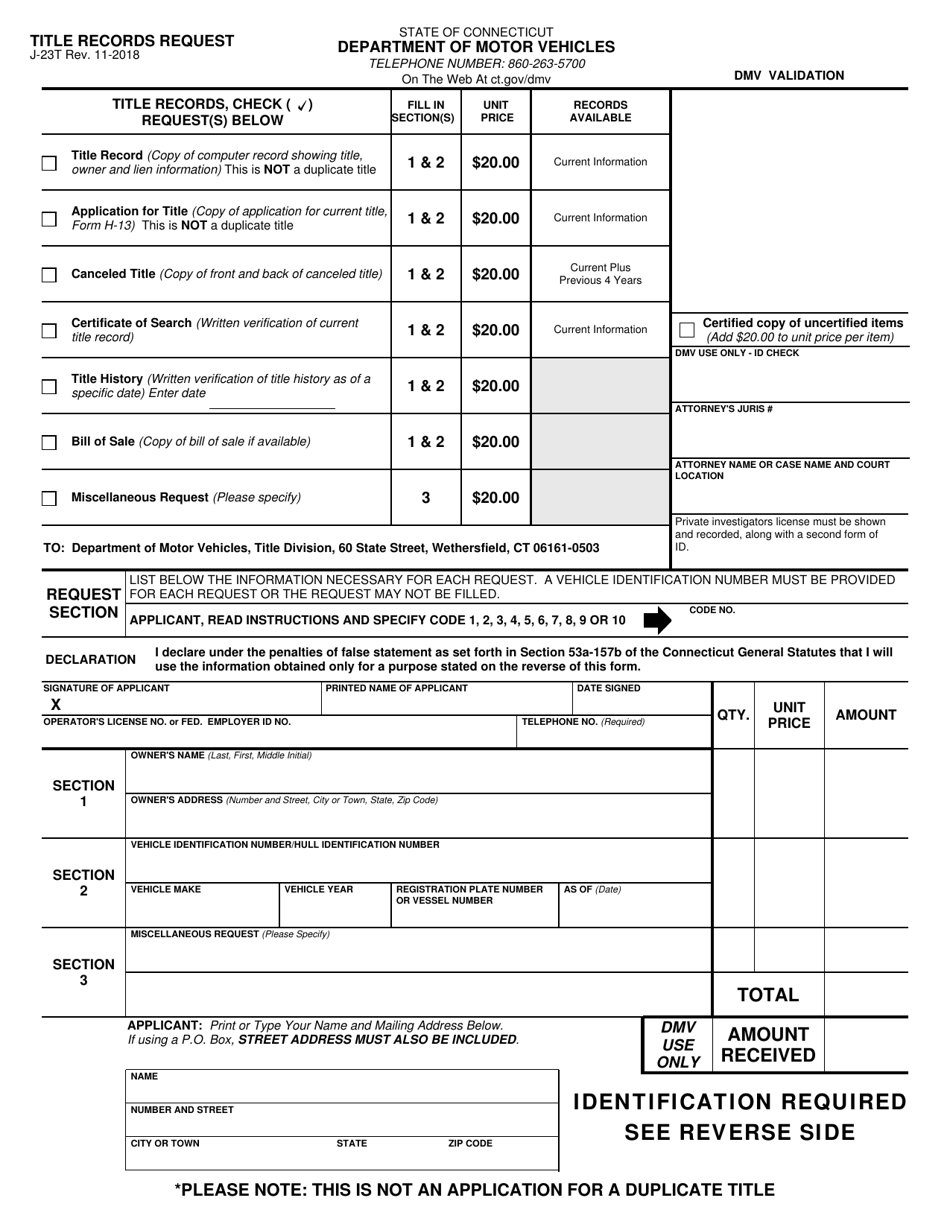

Various states differ on what class they utilize to distinguish between a typical driver license and special licenses, such as restricted, chauffeur, or motorcycle licenses.
Unrestricted licenses are driver licenses that most US drivers have to drive. The same year the Model T debuted, Rhode Island became the first state to require both a license and a driver's exam (Massachusetts instituted a chauffeur exam in 1907 and started requiring tests for all other drivers in 1920). In 1908, Henry Ford launched the Model T, the first affordable automobile for many middle-class Americans (in 1919, when Michigan started issuing driver licenses, Ford got his first one at age 56). Massachusetts and Missouri were the first states to require a driver license in 1903, but there was no test associated with the license. By the 1930s, many high schools offered driver education. Early motorists were taught to drive by automobile salesmen, family and friends, or organizations like the YMCA. Only 39 states issued them by 1935 and few required a test, despite widespread concern about incompetent drivers. By 1918 all US states required license plates states were slower to require licenses for drivers. In 1901, New York became the first state to register automobiles. According to the United States Department of Transportation, as of 2018, there are approximately 227 million licensed drivers in the United States.Ī Maryland driver's license from the mid-1980sĪs the number of motor vehicles in the US reached tens of thousands, state and local governments assumed a new power: authorizing vehicles and drivers. This is required by the American Association of Motor Vehicle Administrators’ design standard and has been adopted by many US states. Many driving permits and ID cards display small digits next to each data field. commercial license classes are standardized by federal regulation at 49 CFR 383. Many states share a common system of license classes, with some exceptions, e.g. A state may also suspend an individual's driving privilege within its borders for traffic violations. Generally, a minimum age of 16 is required to obtain a drivers/M1 license. There are also licenses for motorcycle use. Drivers are normally required to obtain a license from their state of residence and all states recognize each other's licenses for non-resident age requirements. In the United States, driver's licenses are issued by each individual state, territory, and the District of Columbia rather than by the federal government due to federalism. 
An example driver license issued in Florida








